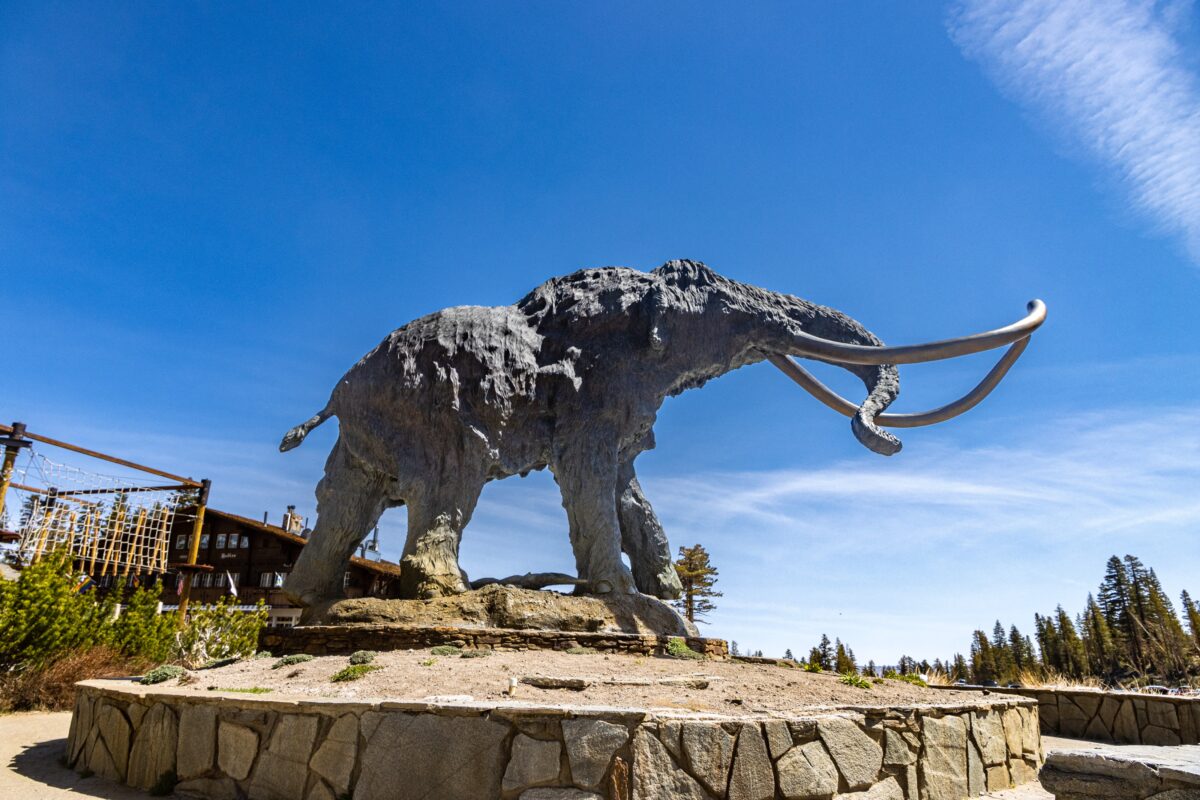Throughout history, humans have been responsible for the extinction of many species due to hunting, deforestation, the introduction of non-native species, and habitat destruction. Some of the most well-known examples are dodo birds, passenger pigeons, and woolly mammoths, all of which were hunted to extinction. According to the International Union for Conservation of Nature (IUCN), there are currently 41,000 species facing the threat of extinction. The Bornean orangutan, for example, is critically endangered because of illegal and unsustainable logging practices which destroy their habitat. While humans are responsible for the extinction and endangerment of many species, we may also be able to bring them back to life.
De-extinction is the process of resurrecting extinct species through three genetic methods: cloning, genetic engineering, and selective breeding. Out of these methods, cloning is the closest to truly bringing back an extinct species. To clone a species, cell nuclei from well-preserved tissues of the extinct species must be inserted into an ovum of a female of a closely related species. These cells must then be induced to replicate before being inserted into the uterus of the related species. Then, the hope is that the closely related individual has a successful pregnancy and that the baby born will truly be the clone of a now-extinct species.
The most commonly tried method of de-extinction is cloning, but this is not an option when there are no well-preserved nuclei. If substantial DNA fragments still exist, then the genetic engineering pathway is followed. This process entails sequencing the DNA and splicing it into the genome of closely related species. Unlike with cloning, the species will have some of the traits of its surrogate and would therefore not belong to the extinct species but instead simply have many of its characteristics. However, as generations of genetic engineering unfold, the organism will become more and more like the extinct species.
When neither cloning nor genetic engineering are viable options, selective breeding is attempted. In this method, scientists select and breed individuals of closely related species that exhibit the phenotypes most similar to those of the extinct species. This process has to be repeated until the progeny resembles the extinct species as much as possible.
Scientists have been experimenting with these methods for decades, but have had little success. This can be attributed in part to the fact that it is difficult to preserve or obtain cell nuclei and DNA from extinct species. In 2003, a Pyrenean ibex, a wild goat species that went extinct in 2000, was born through cloning; however, the animal died about 10 minutes later due to a lung defect attributed to the cloning process. To date, there has yet to be another extinct species cloned. Another success came in 2013 when scientists from the Lazarus Project, an initiative to bring back gastric-brooding frogs, a species that went extinct in 1983, successfully grew early-stage cloned embryos containing the DNA of the species. Despite this milestone, a cloned gastric-brooding frog has not yet been born.
While the prospects and ideas behind de-extinction are intriguing, they do raise several ethical questions that should be considered when deciding whether or not a species should be resurrected. For example, why do scientists want to bring back extinct species, and how do they decide which they should attempt to bring back? Furthermore, do scientists want to bring back species because of feelings of guilt, or are they bringing them back to benefit the species?
Some arguments in favor of de-extinction include gaining scientific knowledge, technological advancement, environmental benefits, justice, and wonder. Other than environmental benefits, which include attempting to restore threatened or damaged ecosystems, these arguments seem to fit into scientists’ own agendas. For example, some advocates of de-extinction might argue in favor of the practice because of their curiosity to see a living extinct species.
In 2012, scientists founded Revive & Restore, a wildlife conservation organization that promotes the incorporation of biotechnologies into standard conservation practice. The organization funds several de-extinction projects, some of which include bringing back the woolly mammoth, which went extinct about 10,000 years ago, the passenger pigeon, which went extinct in 1914, and the heath hen, which went extinct in 1932. Revive & Restore argues that de-extinction is an ethical practice, explaining that the process will protect endangered species, preserve biodiversity and genetic diversity, restore diminished ecosystems, undo the harm that humans have caused in the past, and advance the science of preventing extinctions.
The organization, however, does not address the negative consequences of de-extinction. They neglect the issue of exploitation, the risk of re-introducing diseases that the extinct species carry, the possibility that the species could negatively impact biomes or environments, the chance that de-extinction research could distract from other, more pressing scientific priorities, the possibility of making other species go extinct, and the chance that resurrected species may have a poor quality of life.
While humans may have the ability to bring back extinct species, the benefits and drawbacks of this process must be heavily weighed before experiments are conducted and species are brought back to life.
Sources
Awpc. (n.d.). The Lazarus Project- to Bring Back Australia’s Southern Gastric-brooding frog. Australian Wildlife Protection Council. Retrieved November 5, 2022, from https://awpc.org.au/the-lazarus-project-to-bring-back-australias-southern-gastric-broodin g-frog/
Cohen, S. (2014, July 27). The Ethics of Ee-extinction – Nanoethics. SpringerLink. Retrieved November 5, 2022, from https://link.springer.com/article/10.1007/s11569-014-0201-2#citeas
Draxler, B. (2020, April 17). 5 Reasons to Bring Back Extinct Animals (and 5 Reasons Not To). Discover Magazine. Retrieved November 5, 2022, from https://www.discovermagazine.com/planet-earth/5-reasons-to-bring-back-extinct-animals -and-5-reasons-not-to
Chief, E. (2019, September 20). 13 Biggest Pros and Cons of De-Extinction. ConnectUS. Retrieved November 5, 2022, from https://connectusfund.org/13-biggest-pros-and-cons-of-de-extinction
Revive & Restore. (n.d.). Retrieved November 5, 2022, from https://reviverestore.org/
Smith, K. N. (2021, January 23). The species that went extinct twice. Forbes. Retrieved November 5, 2022, from https://www.forbes.com/sites/kionasmith/2021/01/23/the-species-that-went-extinct-twice/ ?sh=2395bc173312
Vaughan, J. (2018, February 20). Ethical Discussions: De-extinction. Public Safety, Public Policy, and Legal Studies. Retrieved November 5, 2022, from https://blog.spcollege.edu/public-safety-policy-legal-studies-educational-information/ethi cal-discussions-de-extinction-spcethics/

